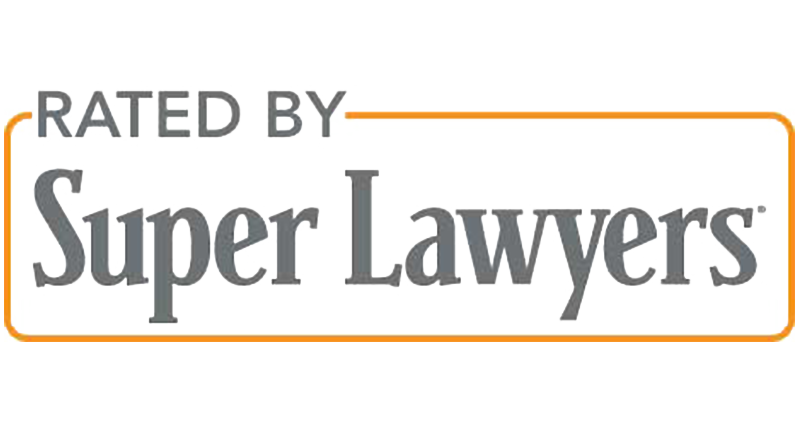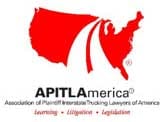Personal Injury FAQ
The following are general definitions for common terms victims encounter when pursuing, or thinking about pursuing, a personal injury claim. Whether your case involves a fall, an automobile accident or some other unfortunate event, you are likely to encounter esoteric language that is specific to tort law and insurance.
Contact Coleman, Chambers & Rogers, LLP, For Knowledgeable Personal Injury Representation In Gainesville At 678-601-2495.
Here’s a list of common terms and definitions:
Employee Retirement Income Security Act (ERISA) — It is a set of federal regulations that govern most private employer-based health insurance plans. Most self-funded employee-based plans are governed by this set of federal regulations, and usually are not subject to state laws regulating insurance.
Reimbursement — It is a legal right, usually asserted by health insurance provider, hospital or medical provider, asserting a right to be reimbursed for funds it paid toward the victim’s medical treatment. This right is most often asserted through liens on the victim’s recovery, or subrogation actions — the health provider’s reservation of a legal right to recover funds paid by a third party to the insured victim.
Tortfeasor — It refers to the person or party responsible for causing harm to the victim in a civil personal injury claim.
Subrogation — It is a legal technique that allows one person or party to assert the legal rights of another against a third-party. In a personal injury claim, this often involves an insurance company subrogating the victim’s legal right of action against the person or party which caused the accident. This is commonly referred to as the insurance company “stepping into the shoes” of the victim.
“John Doe” claim — It is a term used to describe a victim’s automotive injury claim against an unknown driver or a driver who can’t be found. “John Doe” is the party listed as the defendant in the complaint or any other legal action against the unknown driver.
Exhaustion — It is a legal requirement in an automotive injury claim involving uninsured motorist benefits (UM) that the victim must first recover all (exhaust) available liability insurance coverage pertaining to the accident prior to recovering from the UM carrier.
Uninsured motorist coverage (UM) — It is an automotive insurance coverage from which the insured may recover in the event he or she is injured by an uninsured motorist, or a motorist who is underinsured. To qualify as underinsured, the other motorist’s available liability coverage must be less than the total cost of the injured insured’s damages and must be lower than injured insured’s limit of uninsured motorist coverage. This is an optional form of auto insurance coverage in Georgia.
Liability insurance — It refers to the insurance covering a person or party against attempts to hold them responsible (liable) for their alleged acts or negligence. All automobiles and drivers in Georgia are required by law to be covered by liability auto insurance in the minimum coverage amount of $25,000 per person and $50,000 per accident (25/50).
Coverage limits — It is the maximum dollar-amount of coverage for which a person is insured. In Georgia, the minimum limit required by law for any automobile liability policy is $25,000 per person, and $50,000 per accident (25/50).
Insurance stacking — It is the ability of a person or party to combine insurance policies to increase their total coverage limits. In an automobile case, stacking typically applies to uninsured motorist (UM) policies. The UM coverage for vehicles or persons not involved in the accident may be applied (stacked) onto the claim, increasing the injured party’s total limit of insurance coverage. For example, if the insured has three cars covered by UM policies of $25,000, he may be able to combine all three policies to cover an accident, increasing his total available coverage to $75,000.
Excess coverage — It is an uninsured motorist (UM) policy that allows the insured to apply the full amount of the UM policy limits to cover the accident, also known as “add-on” coverage. This differs from a “reduction” or “set-off” UM policy, where the UM limits are reduced by the available liability coverage, often significantly decreasing the amount of UM coverage available in an accident. Excess is the default type of UM coverage in Georgia for all policies issued or renewed after Jan. 1, 2009.
Reduction coverage — It is an uninsured motorist (UM) policy that reduces the insured’s UM coverage limits by the amount of available liability coverage in the accident, also known as “set-off” coverage. This differs from “excess” or “add-on” coverage, in that the total amount of UM coverage is equal to the coverage limit less the amount of available coverage, thus significantly decreasing the amount of UM coverage in an accident. This is now an optional coverage in Georgia, after Jan. 1, 2009.
















